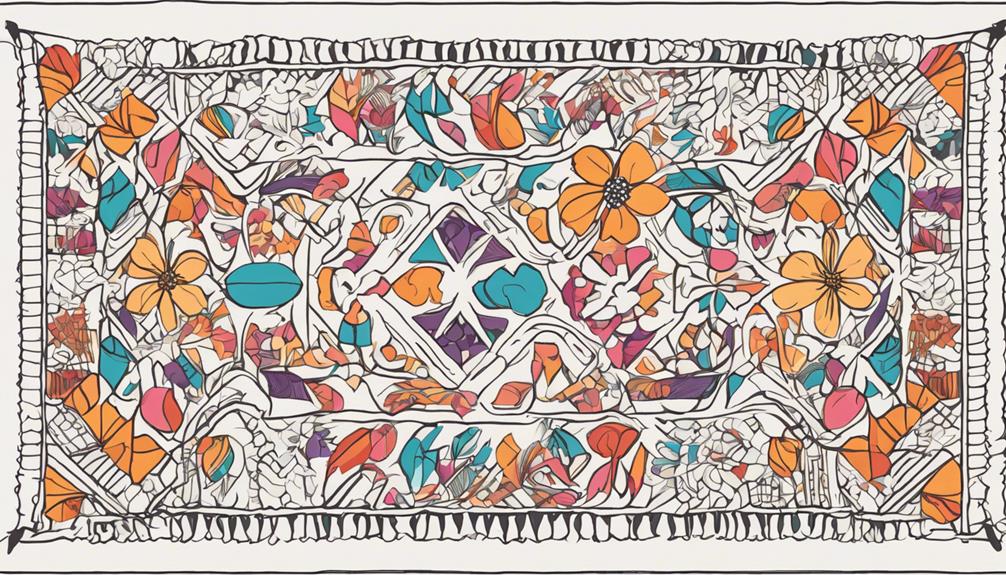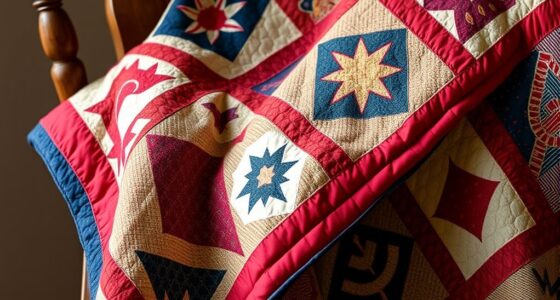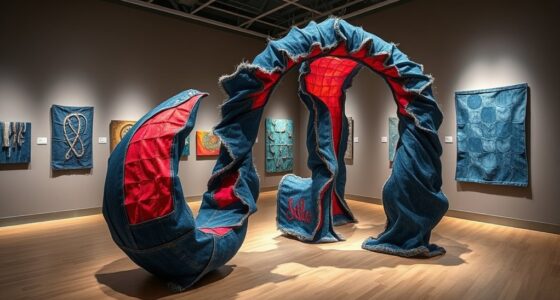Knitting is considered a form of textile art that requires skill, creativity, and has a rich history. Originating in ancient Egypt and evolving into an art form during the Middle Ages, knitting has now become a highly respected form of artistic expression. Men are also making their mark in the knitting world, challenging traditional gender stereotypes. Postmodernism has had a significant impact on how we perceive textile art, blending traditional craft techniques with contemporary ideas. Creating intricate patterns through knitting helps to create connections and honor traditional practices. The future of knitting as an art form looks promising, with a growing recognition of its complexity and innovation. For more information on the historical significance, gender dynamics, postmodern influence, craftsmanship, and the future of knitting, click here!
Key Takeaways
- Knitting is a form of textile art with deep historical roots.
- It merges traditional craft with contemporary artistic concepts.
- Knitting challenges gender stereotypes and societal expectations.
- Artists elevate knitting to a legitimate form of artistic expression.
- The creative potential of knitting in art is vast and continually evolving.
Historical Significance of Knitting in Textile Art
Dating back to ancient times, knitting holds significant historical importance in the field of textile art. Originating in Egypt and South America, knitting was initially a practical craft used for creating clothing, blankets, and accessories.
It wasn't until the Middle Ages that knitting started to evolve into an art form, with artisans incorporating intricate patterns and designs into their work.
The Arts and Crafts movement of the 19th century further elevated knitting to a form of artistic expression. During this period, knitting became more than just a utilitarian craft; it became a medium through which individuals could showcase their creativity and skill.
Artists began experimenting with innovative techniques, pushing the boundaries of what could be achieved through knitting.
Today, knitting is recognized as a valuable form of textile art, with artists continuing to explore new possibilities and create stunning pieces that blend tradition with modernity. The historical significance of knitting in the domain of textile art is undeniable, shaping its evolution into the diverse and vibrant art form we appreciate today.
Gender Dynamics in Knitting as Art
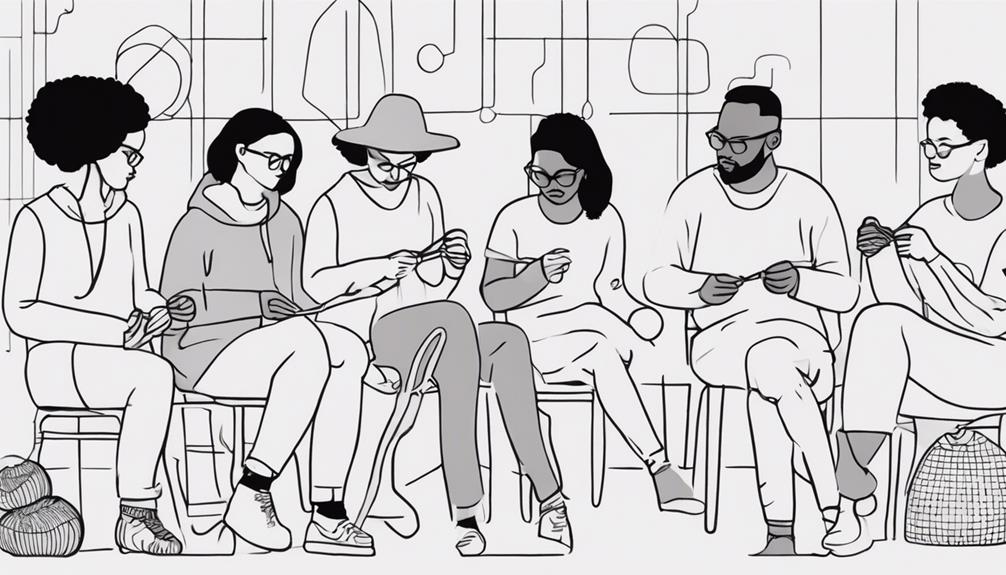
Exploring gender dynamics in knitting as art reveals a nuanced interplay between tradition and modernity in the textile art world. Historically linked to traditional gender roles, knitting has been a symbol of femininity and domesticity.
However, in contemporary knitting as art, there's a notable shift challenging these stereotypes. Male artists are gaining recognition in the field, breaking away from the historical association with women.
The tactile nature and repetitive motions of knitting can be seen as a form of feminist resistance and empowerment, allowing for the exploration of themes like gender identity, body politics, and societal expectations. By using knitting in their art, creators have a platform to express and critique the norms surrounding gender.
This integration of knitting into textile art not only blurs the lines of traditional gender roles but also opens up avenues for dialogue on the complexities of gender dynamics in art.
Influence of Postmodernism on Knitting
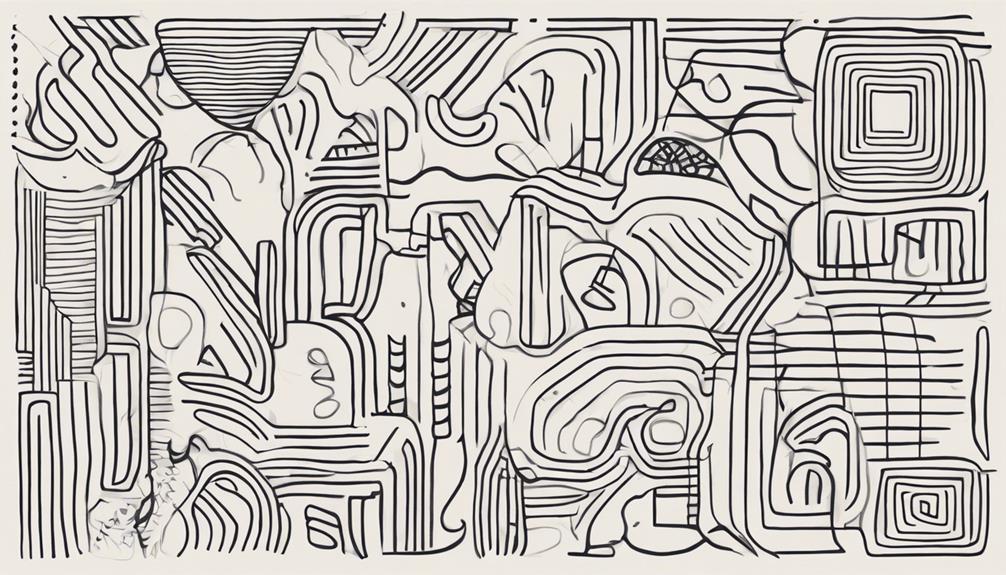
The influence of postmodernism on knitting reshaped the perception of textile art, expanding the boundaries of artistic practice to include knitting as a valid and innovative medium.
During the postmodern era, knitting underwent a transformation, gaining recognition as a significant form of textile art. Postmodernism encouraged artists to merge traditional craft techniques, like knitting, with contemporary art concepts, leading to a newfound appreciation for the craft as a means of artistic expression.
By challenging conventional notions of art, postmodernism played an essential role in legitimizing knitting as a legitimate form of textile art. This shift allowed artists to explore new possibilities and push the boundaries of what was considered art, paving the way for knitting to be embraced within the broader spectrum of contemporary artistic practices.
Postmodernism's influence on knitting not only revolutionized the art world's perception of textile art but also highlighted the versatility and creative potential of this age-old craft in the domain of artistic expression.
Craftsmanship and Human Connection in Knitting
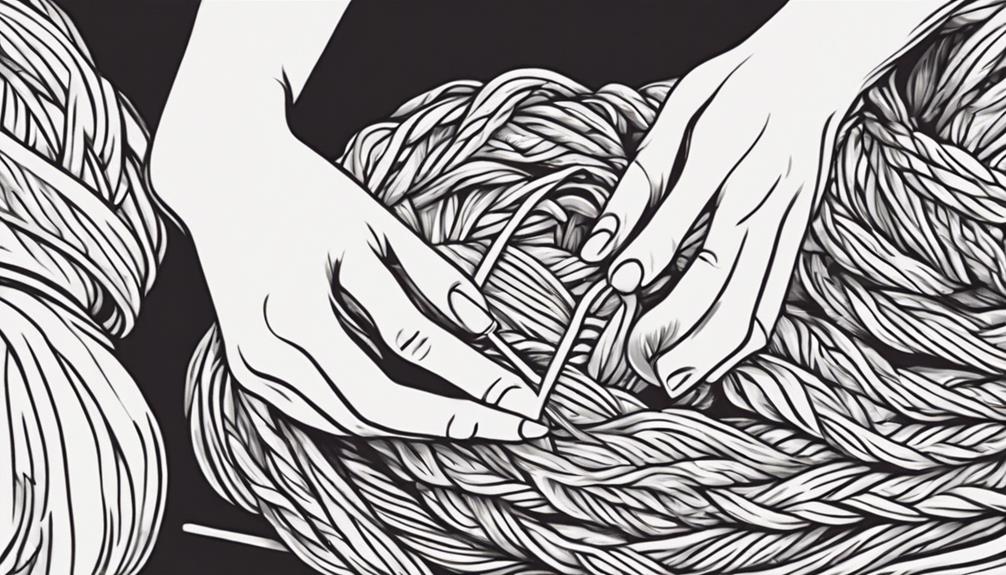
Crafting intricate patterns and designs through the interlocking of yarn loops with needles, knitting embodies a profound sense of craftsmanship and fosters connections between individuals across generations.
The art of knitting isn't merely about creating fabric; it's a tribute to the skill and precision required to produce unique textures and patterns. This craftsmanship in knitting pays homage to the traditional fiber workers who've passed down their knowledge and techniques through the ages.
Beyond the technical aspects, knitting also weaves a thread of human connection. As knitters come together to share their passion for this textile art, they form bonds that transcend time and space.
Whether teaching a grandchild to knit or participating in a knitting circle, the act of creating with yarn and needles becomes a shared experience that unites individuals in a common craft. Through knitting, people find solace in the meditative process, allowing creativity to flourish in a tangible form that honors the legacy of handcrafted textiles.
Future Outlook for Knitting as Textile Art
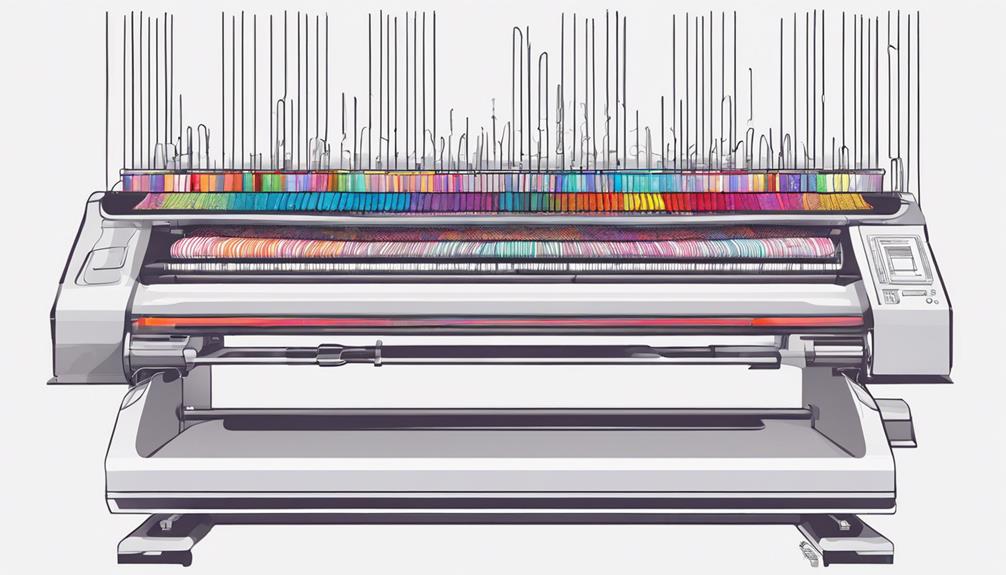
Considering the evolving landscape of contemporary art, knitting's future as a recognized textile art form appears promising with its growing popularity and artistic value. The art world is increasingly recognizing the creativity and craftsmanship involved in knitting, appreciating its ability to evoke emotions and tell stories through yarn and fibers. Artists are exploring new methods, pushing the boundaries of traditional knitting to create innovative and thought-provoking pieces that challenge conventions.
To further illustrate the future outlook for knitting as textile art, let's dive into the following table highlighting key aspects:
| Future Outlook | Description |
|---|---|
| Recognition | Knitting gaining acknowledgment as a legitimate form of artistic expression |
| Appreciation | Growing respect and admiration for the intricate work of knitters |
| Creativity | Encouraging artists to unleash their imagination through yarn and needles |
| Craftsmanship | Appreciation for the skill and dedication required in intricate knitted pieces |
| Exploring New Methods | Pushing the boundaries of traditional knitting to create innovative artworks |
Frequently Asked Questions
Is Knitting a Textile Art?
So, is knitting a textile art? Absolutely!
Knitting involves creating intricate fabric by looping yarn with needles, blending functionality and creativity. Artists explore various techniques and textures to craft visually stunning pieces like clothing, accessories, and home décor. Its versatility and potential for creativity make it a beloved choice for textile artists.
Immerse yourself in the world of knitting and explore your artistic expression through this timeless craft!
Does Knitting Count as Textiles?
Hey, you know how a painter uses a brush to create a masterpiece? Well, in the same way, knitting totally counts as textiles! It's like weaving magic with yarn and needles to craft incredible fabric art.
The interlocking loops bring texture and patterns to life, making knitting a beloved form of textile creation. From cozy sweaters to intricate accessories, knitting is a versatile and fascinating art form that truly belongs in the world of textiles.
Should Knitting Be Considered Art?
When considering if knitting should be considered art, your creativity, skill, and design choices come to the forefront. The intricate stitches and techniques you use showcase your talent and vision, making knitting a form of artistic expression.
Many artists and designers today blur the boundaries between traditional craft and fine art by incorporating knitting into their work. Your unique patterns and color selections truly make knitting a mesmerizing art form.
What Is Considered Textile Art?
When it comes to textile art, think of it as a colorful tapestry woven with creativity and skill. Textile art encompasses a wide range of techniques like weaving, knitting, felting, and embroidery.
Artists use fibers to craft functional or decorative pieces, from clothing to sculptures. Knitting, with its interlocking loops of yarn, is a versatile and popular form of textile art that offers endless possibilities for design and expression.
Conclusion
So, is knitting truly a textile art? Absolutely! With its rich historical significance, complex gender dynamics, and postmodern influences, knitting has solidified its place in the art world.
In fact, did you know that over 38 million people in the United States alone participate in knitting as a hobby or art form? The craftsmanship and human connection involved in knitting guarantee its continued relevance and importance in the future of textile art.


